Young lady of quality, portrait of a Marquise, seated in an armchair.
Straw hat, fur capeline, parasol...
Signature lower right L Barrau
Laureano Barrau was born into a bourgeois family, the son of an industrial engineer and a businessman. He began his training at the Barcelona School of Fine Arts, where he was a student of Antonio Caba. Shortly after, he went to Madrid to expand his training by studying the great masters of the Prado Museum. In 1884, the Barcelona city hall granted him the Fortuny pension to continue his studies in Rome for three years. However, with the money from the travel grant, Barrau went to Paris, where he entered the Académie des Beaux-Arts, with Jean-Léon Gérôme as his tutor. In 1885, already in Rome, he studied the Italian masters and began to send to Barcelona the works that corresponded to him as a boarder. From 1887, he exhibited regularly at the Sala Parés in Barcelona, one of the most important Spanish galleries of the time, and the most important in Catalonia. That year, his painting "The Surrender of Girona" was a great success with critics and the public, as it represented a totally personal treatment of the genre of history painting, more lively and moving. At the same time, Barrau frequently participates in official exhibitions, both nationally and internationally. In 1888, he won a second medal at the International Exhibition in Barcelona and a second prize at the Universal Exhibition in Brussels. Three years later, in 1891, he received the title of member of the Salon of the National Society of Fine Arts in Paris, and the following year he obtained a third medal at the National Exhibition of Fine Arts in Madrid for his work "Escardadora". In 1904 he obtained a second medal at the same exhibition for "Taponeras del Ampurdán". Barrau also holds numerous individual exhibitions and participates in group exhibitions in Paris, Barcelona, Madrid, New York and Rome. In 1909 he moved to Buenos Aires, where his work enjoyed the same success and recognition as in Spain and Europe, and after his return he settled permanently in Ibiza in 1911. From there he continued to exhibit his works in Spain and abroad and, in 1929, he was appointed member of the Paris Salons. Barrau's work is based on an initial language linked to his neoclassical training, and evolves to reach a new concept characterized by luminosity and chromatic transparencies. To date, the work he made in Santa Eulària des Riu (Ibiza) at the end of his life is considered the best of his production. Laureano Barrau is currently represented at the Prado Museum, the Getty Museum in California, the contemporary art museums of Madrid and Barcelona, his house-museum in Santa Eulària des Riu and various museums in Paris, Buenos Aires, Montevideo and Rio de Janeiro, as well as in important national and international private collections.



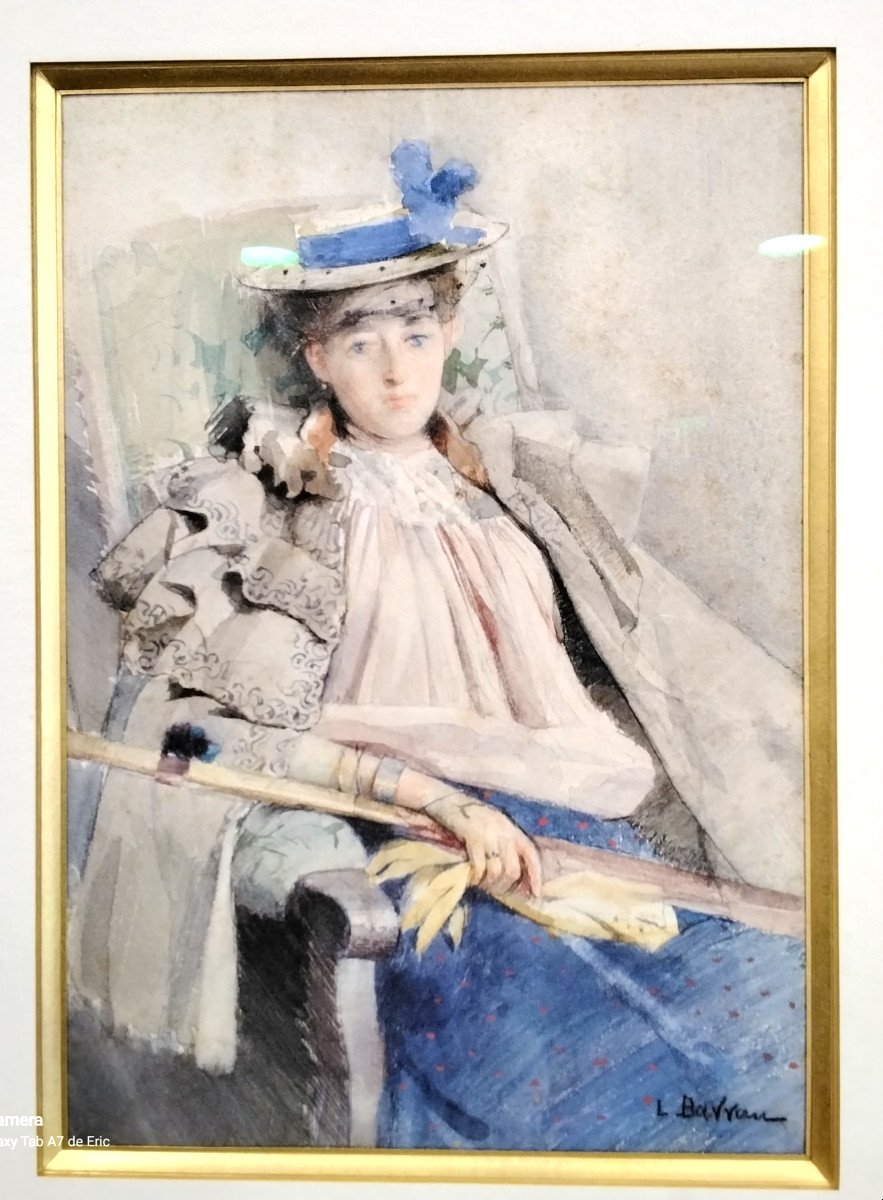


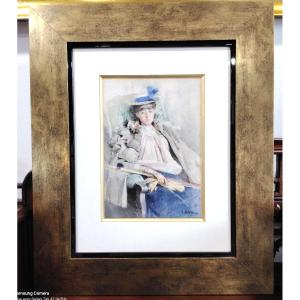




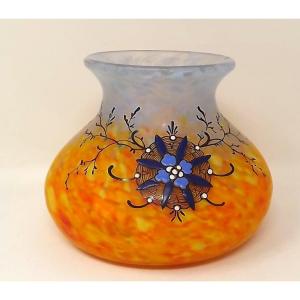
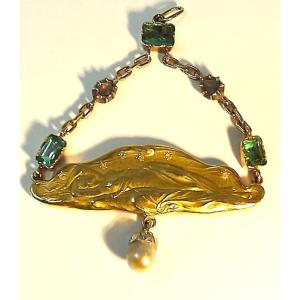

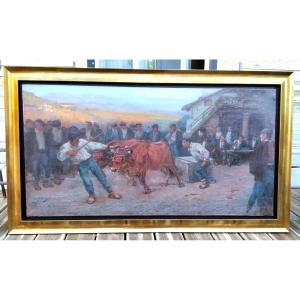

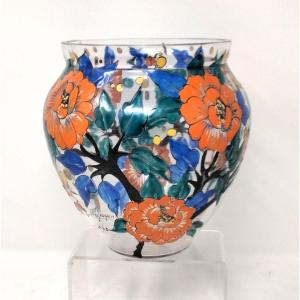




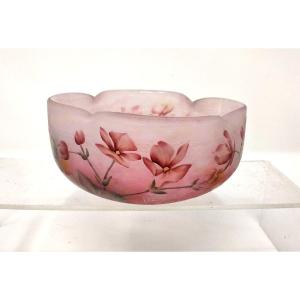

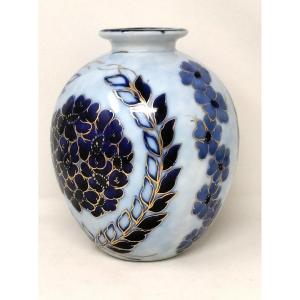
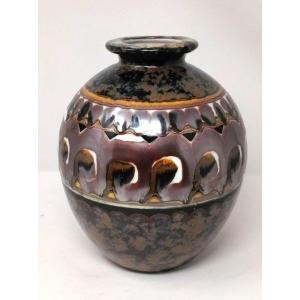


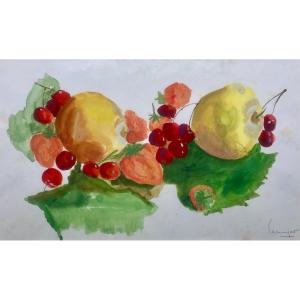
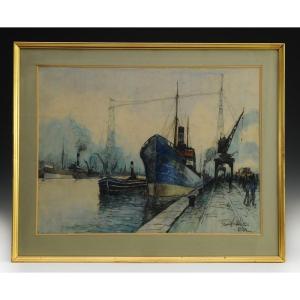
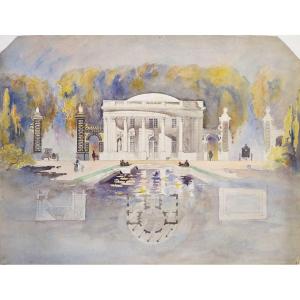



 Le Magazine de PROANTIC
Le Magazine de PROANTIC TRÉSORS Magazine
TRÉSORS Magazine Rivista Artiquariato
Rivista Artiquariato